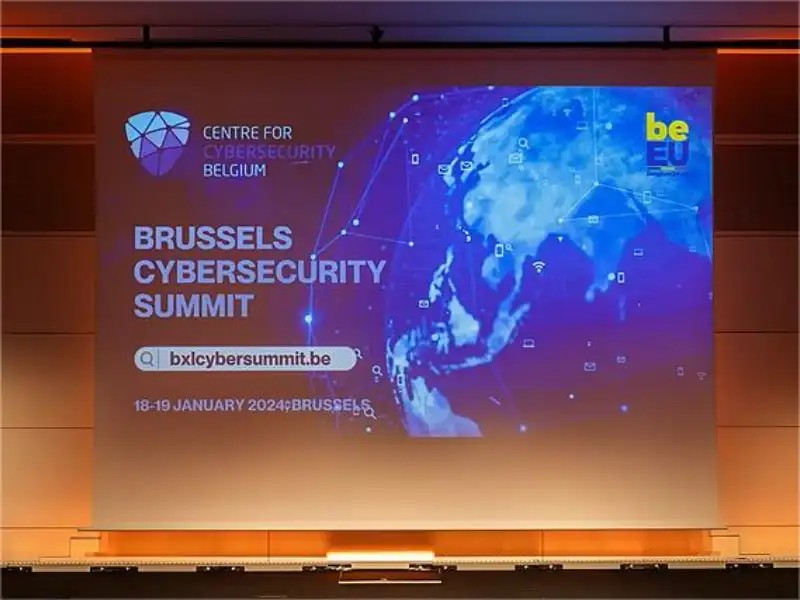- Phishing attacks are a type of cyberattack where malicious actors impersonate legitimate entities, such as reputable companies or organisations, to deceive individuals into providing sensitive information like usernames, passwords, credit card numbers, or other personal data.
- To protect yourself from phishing attacks, it is crucial to follow several key precautions.
Phishing attacks are a common type of cyberattack where cybercriminals impersonate trusted entities to deceive individuals into divulging sensitive information like passwords and credit card details through deceptive emails, texts, or websites. Awareness and caution are crucial to thwarting these highly effective cyber threats.
Essence of phishing attack
Phishing attacks are a type of cyberattack where malicious actors impersonate legitimate entities, such as reputable companies or organisations, to deceive individuals into providing sensitive information like usernames, passwords, credit card numbers, or other personal data.
These attacks typically involve fraudulent emails, text messages, or websites designed to appear genuine, often urging recipients to click on links or download attachments that lead to fake login pages or forms. Once victims enter their information, it is captured by the attackers, who can then exploit it for various malicious purposes, including identity theft, financial fraud, or unauthorised access to accounts. Phishing attacks rely on social engineering techniques to exploit human trust and can be highly effective if individuals are not cautious and aware of the signs of fraudulent communications.
Also read: Ransomware attacks explained: 5 stages of attack
Also read: Where ransomware attacks come from: 3 origins worldwide
For individuals
To protect yourself from phishing attacks, it is crucial to follow several key precautions.
First, be skeptical of unsolicited emails, especially those from unknown senders or unexpected messages from known contacts that ask for sensitive information. Always verify the sender’s email address closely for anomalies, as legitimate companies typically use their official domain names. Look for red flags such as poor grammar, spelling mistakes, and generic greetings like “Dear Customer,” which can indicate phishing attempts. Avoid clicking on suspicious links by hovering over them to check the URL first; if it looks unfamiliar or suspicious, do not click. Additionally, refrain from downloading attachments unless you are certain of the sender’s identity and the context. Enable multi-factor authentication (MFA) on all accounts whenever possible, as this adds an extra layer of security. Keep your operating system, browsers, and other software updated to protect against known vulnerabilities. Lastly, educate yourself about the latest phishing tactics and scams to better recognise and avoid them.
For organisations
To effectively combat phishing attacks, organisations should adopt a comprehensive strategy that includes regular employee training to recognise and avoid phishing attempts, such as suspicious links or unknown attachments.
Implementing advanced email filtering tools and deploying anti-phishing software can help detect and block phishing emails before they reach the inbox. Establishing a reporting system for employees to easily report suspicious emails is crucial for analysing and improving defenses. Secure email gateways can further filter out malicious emails, while keeping all systems updated with the latest security patches helps protect against exploits. Enforcing strong authentication methods, such as unique passwords and multi-factor authentication, adds another layer of security. Monitoring network traffic with specialised tools can detect unusual activity indicative of phishing or other breaches. Regular data backups ensure critical information is safe and can be restored if an attack succeeds. Lastly, conducting simulated phishing attacks tests employee readiness and identifies areas for improvement in training and awareness programs.

